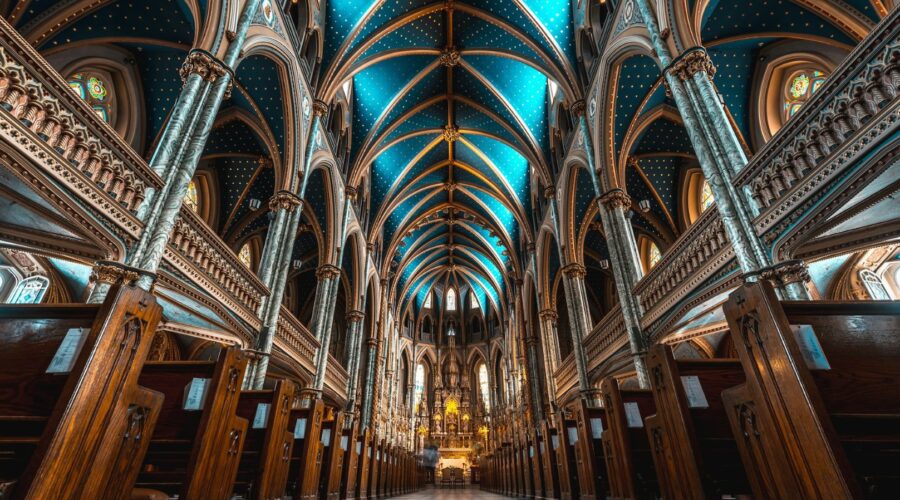Your cart is currently empty!
Discover the Rich History and Guiding Principles of the Church of England

Introduction
The Church of England is an historic and influential Christian denomination with a presence in England and beyond. As part of the worldwide Anglican Communion, it boasts a unique blend of tradition and modernity, serving as a pillar of faith for millions around the globe.
Establishment and History
- Saxon Origins: The Church of England traces its lineage back to the early Middle Ages when missionaries from Rome evangelized Anglo-Saxon kingdoms in the 6th century.
- Norman Conquest: The Norman invasion of 1066 brought major changes to the Church, including the appointment of Norman bishops and the introduction of the Gregorian calendar.
- Reformation: The English Reformation in the 16th century saw the Church of England break away from papal authority and establish itself as an independent body under the leadership of the English monarch.
- 19th Century Developments: The Oxford Movement in the mid-19th century emphasized the importance of tradition and ritual within the Church.
- 20th Century: The 20th century witnessed significant changes, including the ordination of women priests in 1994 and the consecration of female bishops in 2015.
Doctrine and Beliefs
- 39 Articles of Religion: The Church of England’s core doctrine is expressed in the 39 Articles of Religion, which were adopted in the 16th century.
- Holy Scripture: The Church believes the Bible to be the inspired Word of God and the ultimate authority for faith and life.
- Book of Common Prayer: The Book of Common Prayer provides prescribed liturgies and prayers for worship services.
- Sacraments: The Church recognizes two sacraments: Baptism and Holy Communion.
- Apostolic Succession: The Church believes in the concept of apostolic succession, tracing its authority back to the apostles of Jesus Christ.
Governance and Structure
- Monarch as Head: The reigning monarch of England is the Supreme Governor of the Church.
- Archbishops of Canterbury and York: The Archbishops of Canterbury and York are the senior bishops of the Church and responsible for its oversight.
- Bishops: Bishops are responsible for the pastoral care of dioceses within the Church.
- Cathedrals: Cathedrals serve as significant centers of worship and administration within the Church.
- Parishes: Local parishes are the foundation of the Church’s work, providing spiritual guidance and support to communities.
Modern Challenges and Initiatives
- Declining Membership: The Church of England has faced challenges in recent years due to declining membership and attendance.
- Social Issues: The Church has engaged in debates and controversies surrounding social issues such as same-sex marriage and the ordination of women.
- Interfaith Dialogue: The Church has made efforts to promote interfaith dialogue and collaboration with other religious communities.
- Mission and Outreach: The Church continues to emphasize its mission of spreading the Christian faith and serving the community.
- Ecumenical Relations: The Church of England plays an active role in ecumenical movements, seeking to build bridges between Christian denominations.
Conclusion
The Church of England remains an influential institution, deeply embedded in English history and society. With its rich doctrinal heritage, complex governance structure, and ongoing engagement with the modern world, it continues to provide spiritual guidance, nurture communities, and play an active role in shaping the nation.